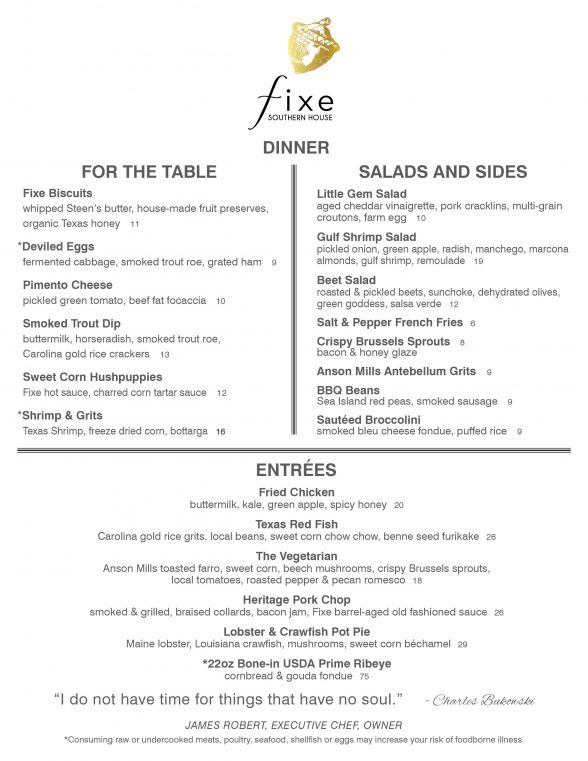Table Of Content

One of the great "we're all going down" songs is "Ship Of Fools" by World Party, written when Margaret Thatcher was in power in England. Definite links to gambling or prostitution (if any) are undocumented for either of these buildings. Famous Yugoslav singer Miodrag "Miki" Jevremović covered the song and included it in his 1964 EP "18 Žutih Ruža" (eng. "Eighteen Yellow Roses"). There is a house in New Orleans, it's called the Rising SunIt's been the ruin of many poor girlGreat God, and I for one.
More From: Behind The Song
5 Fascinating Facts About The Animals - American Songwriter
5 Fascinating Facts About The Animals.
Posted: Fri, 10 Nov 2023 08:00:00 GMT [source]
But he still goes and knows that the temptations of the place are like a ball and chain that he is condemned to carry. However, it seems more likely it is a metaphor for his addictions to drinking and gambling. I suppose to an extent, that will depend on whether it is a man or a woman singing it. However, there is a major theme in “House of the Rising Sun” that is common to just about all versions.
Where is the mythic 'House of the Rising Sun'? - Far Out Magazine
Where is the mythic 'House of the Rising Sun'?.
Posted: Mon, 15 Jan 2024 08:00:00 GMT [source]
The Time Bob Dylan Stole Dave Van Ronk’s Arrangement for “House of the Rising Sun”
Bob Dylan was little known when he released "Blowin' In The Wind" so the cover versions - especially by Peter, Paul and Mary and Stan Getz - were much more popular at the time. Versions of the song have been recorded by many notable artists including Lead Belly, Joan Baez, Ramblin' Jack Elliot, Dolly Parton, Waylon Jennings, Nina Simone, Adolescents, The Ventures, Duane Eddy and Five Finger Death Punch. The song is often heard in the soundtracks of popular TV shows (The West Wing and Supernatural) and movies (Suicide Squad).
Song Meanings & Facts
There is a house in New OrleansThey call the Rising SunWhere many poor boys to destruction has goneAnd me, oh God, are one.
Nina Simone’s Version of “The House of the Rising Sun”
Even Alan Lomax couldn’t suss out the song’s origin, though he tried, and suspected it may have originated with an English farm worker named Harry Cox who sang a song called “She Was a Rum One” with a similar opening line. The song is also credited to Ronnie Gilbert on an album by the Weavers released in the late 1940s or early 1950s. Pete Seeger released a version on Folkways Records in 1958, which was re-released by Smithsonian Folkways in 2009.[16] Andy Griffith recorded the song on his 1959 album Andy Griffith Shouts the Blues and Old Timey Songs. In 1960, Miriam Makeba recorded the song on her eponymous RCA album. “The House of the Rising Sun” was a traditional folk ballad about a person’s life going wrong in New Orleans, with different versions using various narratives with the same themes.
And the conclusive message is that somehow this lifestyle has gotten him, the singer, into serious trouble with the law. Moreover he has witnessed “many a poor boy” also have their lives ruined via ‘the house of the Rising Sun’. It remains, without a doubt, one of the songs that shaped the 60s and, to some extent, shaped rock music.
Genius is the world’s biggest collection of song lyrics and musical knowledge
"House of the Rising Sun" was not included on any of the group's British albums, but it was reissued as a single twice in subsequent decades, charting both times, reaching number 25 in 1972 and number 11 in 1982. The “ball and chain” may mean ‘prison’, but could also be a metaphor for addiction to gambling and booze. The Animals’ Alan Price is recognized as the writer of the song, along with untraceable traditional sources. It is unclear if the House of the Rising Sun is a place which existed as the writer portrays in the song. However, the essence of this song is that children mostly pick up bad habits from the people and neighborhoods in which they grow. The song emphasizes on the need for parents to be more responsible.
Producer Mickie Most was looking for a follow-up and wanted something different. Furthermore, it seems that the song has been in existence for at least three hundred years. It has been known under a variety of names and has also switched genres. In some versions, it is about a woman who is returning to prostitution. In others, a man sings the narrative bemoaning his inability to let go of his sordid past, which includes drink, women, and gambling. One thing for certain is that the original version of “House of the Rising Sun” had nothing to do with New Orleans.
Five Finger Death Punch version
Eric Burdon heard this song sung in a Northeastern folk club and brought the song to the group as a suggestion. They “electrified” it, added a superb organ solo from Alan Price, and Burdon sang it first in a lower register, then took it up an octave. The whole thing was started by Hilton Valentine’s iconic guitar arpeggio beginning. The song was first recorded in 1933 by Clarence Ashley and Gwen Foster under the title “Rising Sun Blues.” In response to a question about the song’s origins, Ashley said that his grandfather had taught it to him. Grandfather Enoch was married at the time of the American Civil war, which places the timeframe we are looking at in context. Eric Burdon and the Animals, who popularized the song worldwide when they recorded and released it in 1964, didn’t know.
It is interesting how Burdon didn’t perform the song for a long time after the Animals split, calling it an “embarrassment”. He has since made peace with it, however, and has revisited it on various occasions in different styles. And the producer is an English musician by the name of Mickie Most who was behind many hits from back in the day.
Despite the above, “The House of the Rising Sun” has been traditionally sung by African-American performers. As such, it is also theorized that it was actually Nina Simone’s 1962 take on the tune which caught The Animals’ attention. So all things considered, the lyrics of this song can be understood as advising the audience, particularly young men, to be wary of falling victim to a gambling addiction and alcoholism. There were only two singers that could do that and make it work so well. “House of the Rising Sun” went to #1 on both sides of the Atlantic and was the first major Folk-Rock success. Besides that, Most just didn’t like it when they played it to him.











